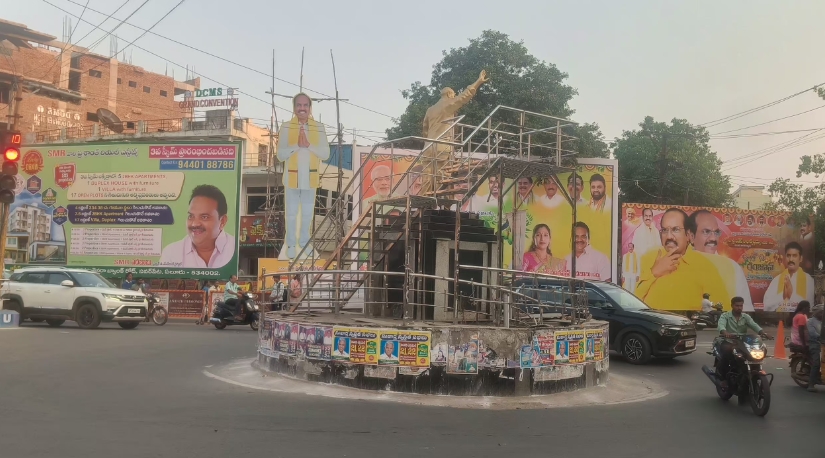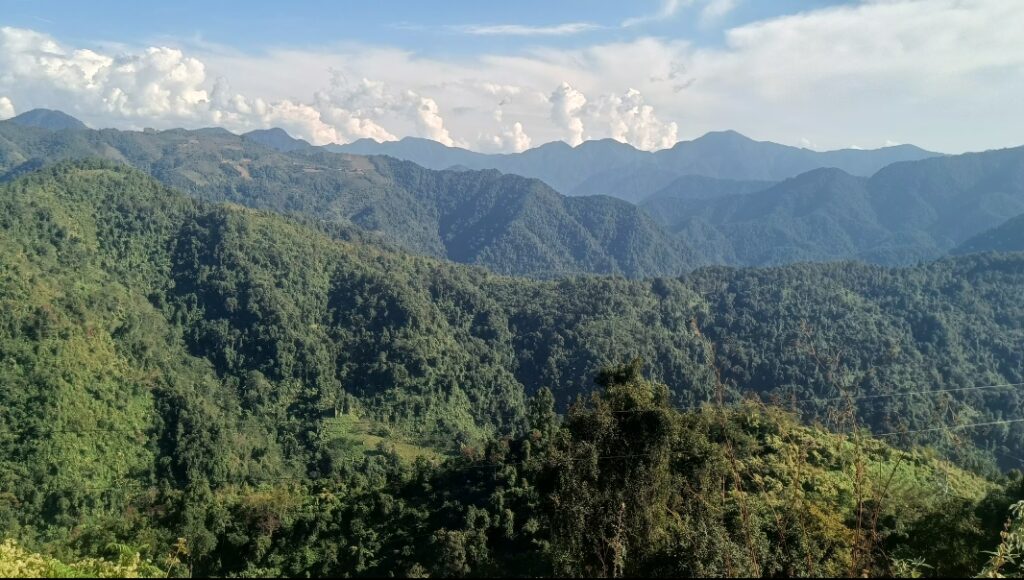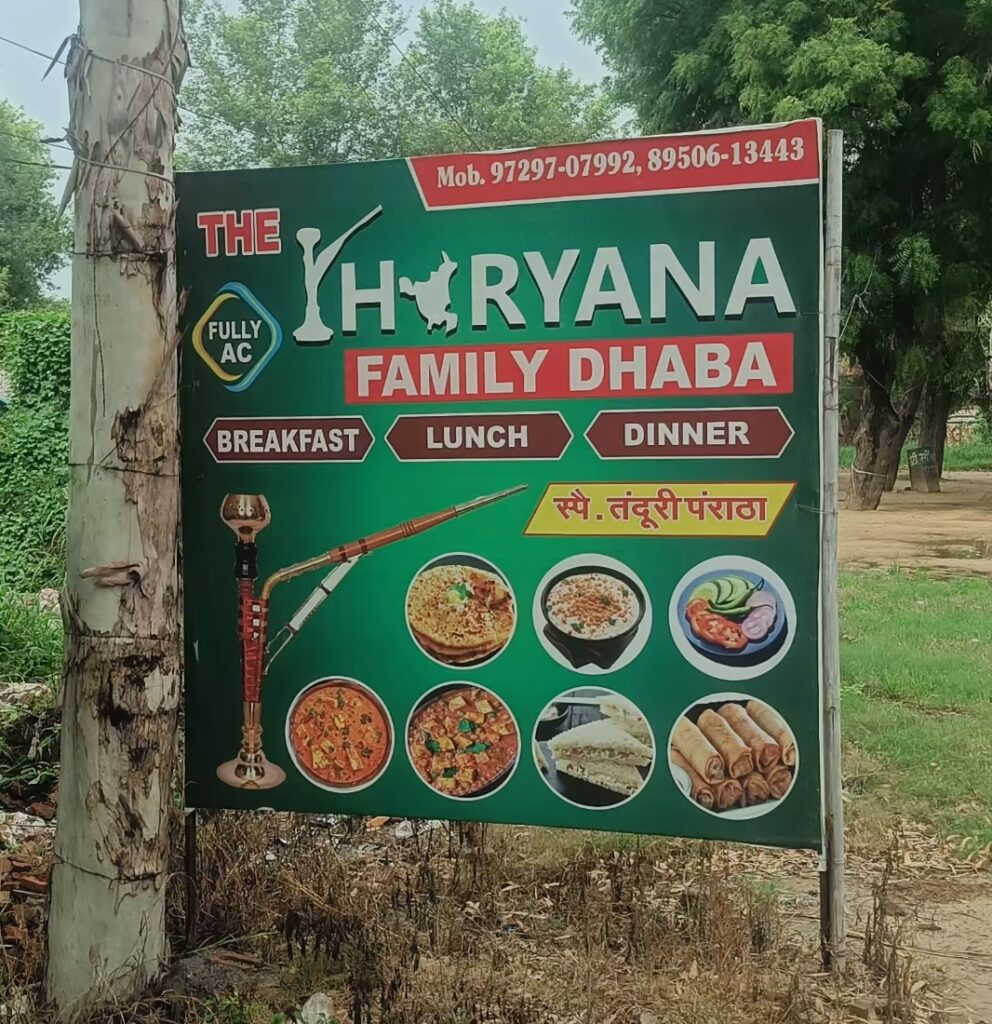Read this before travelling to Andhra Pradesh
After exploring Telangana previously, I was struck by the similarities Andhra Pradesh shared with its neighboring state. However, as I traveled through Andhra Pradesh, I noticed distinct differences. One of the most notable contrasts was the state’s advanced development, particularly its impressive road network. The regions surrounding the Godavari and Krishna rivers were remarkably well-developed, with thriving agriculture.
I also observed a difference in the way people communicated. In northern Andhra Pradesh, locals spoke in a more respectful tone, often using plural notation to address each other. This was a departure from my experience in Telangana.
Read this before travelling to Andhra Pradesh Read More »








